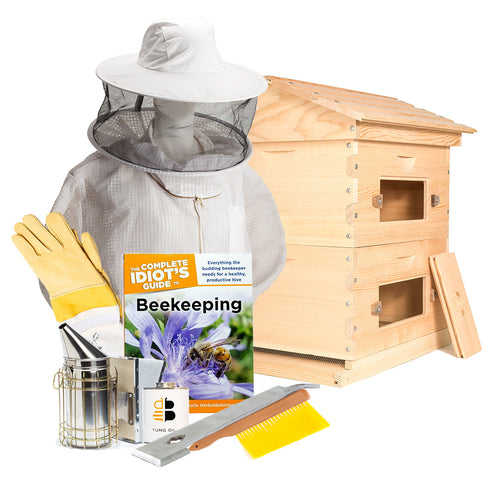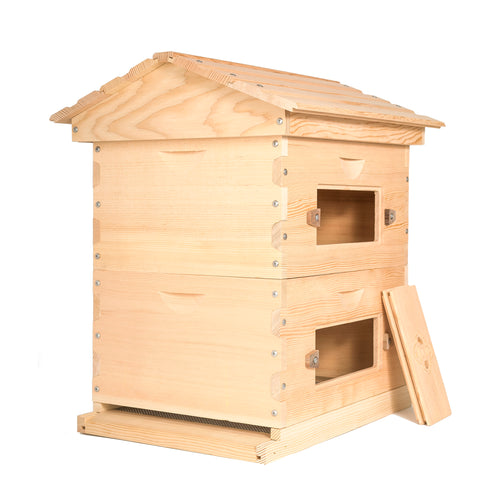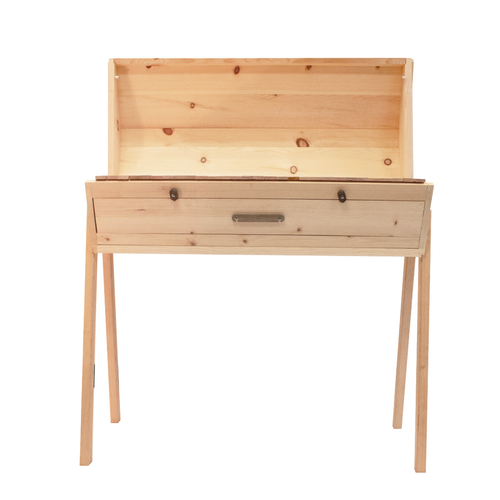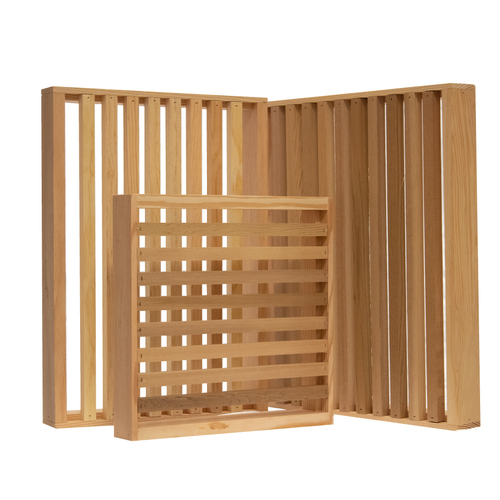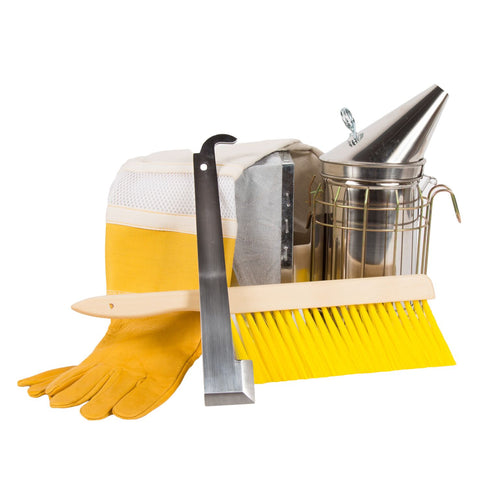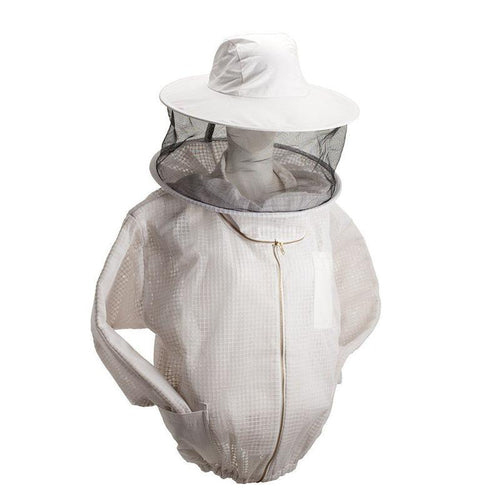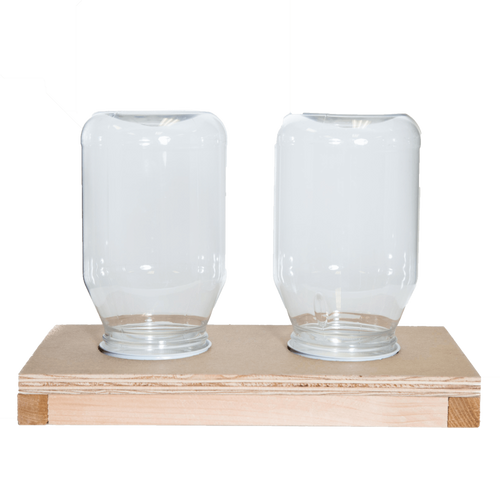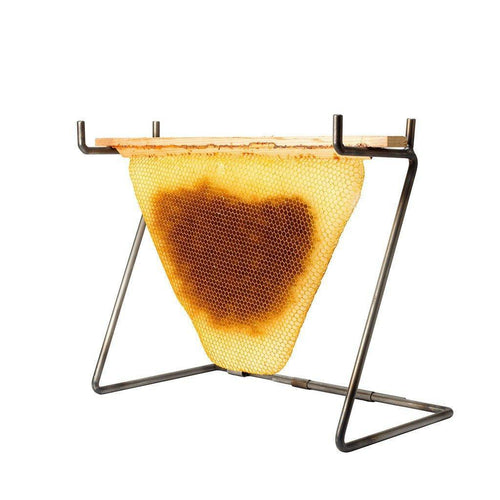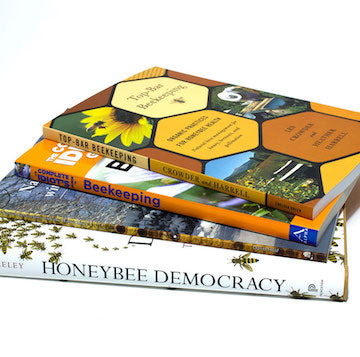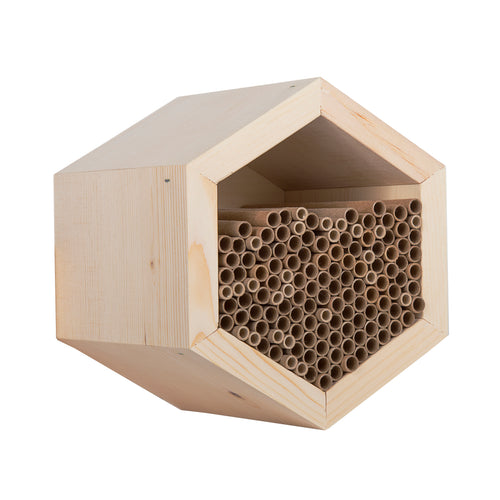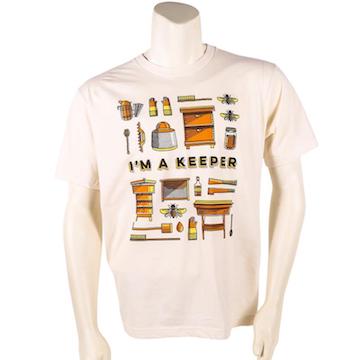Your Cart is Empty
Free Shipping Within 24 Hours On $75+
Free shipping & returns on orders over $75 of Bee Built brand products. (Offer excludes products purchased through links to affiliate websites.)
If you can order it, it's in stock.
Guaranteed shipment within 1 business days. Orders usually ship same day if ordered Monday-Friday before 2PM Pacific Time.


